It all started with a flea market find. I stumbled across a box of old cameras; sifted through them and picked a couple out, not knowing anything about them. At five bucks apiece, though, I figured that at the very least, they’d make good bookends. But then, I had an idea.
The idea was this: shoot a picture using film, shoot from the same spot using my iPhone, then attempt to edit the latter to look something like the former. After all, there are so many apps that seem to be designed to replicate film. Even the term ‘filter’, which is sometimes mocked due to its frequent use in mobile editing, comes from what was originally a film camera method. Anyway, I roped a couple friends into the adventure, and, many (many!) months later, we are ready to report to you, the esteemed reader, the results of our experiment.
from Megan:
Film photography is the only photography I really do. I prefer negatives to image files, I just always have. So there isn’t really any story to how I got into it, I’ve been lugging a camera around since I was a kid. The first was a plastic point and shoot, the sort you could pick up at any pharmacy in a hurry for cheap. It took AA batteries, it was bright blue, the lens cover broke and the photos it took were usually blurry. Basically, it was awful, but I carried it around all the time anyway. I made the jump to an SLR my first year of college, a gift from my parents. Since then I’ve experimented a lot with camera types and film formats. I wandered into digital photography a bit, at the urging of a friend, but didn’t stay long. They’ve always seemed like two different arts to me, only sometimes having the same goal. So I think that was the most challenging part of this project for me, taking one and forcing it to look like the other. Even though they look the same or, if I were any good at editing digital photos, practically identical, they don’t feel the same. It’s a silly observation, really, to most people the end result is more important than the process, if the photograph is good then everyone feels exactly what the photographer hoped they would feel. The process doesn’t matter. Well that and not destroying a roll of film so completely you couldn’t even tell there ever were images on it, but mostly the other thing.
Click on any photo to start slideshow. Order is as follows: iPhone shot, film shot, then edited iPhone shot.
{shot with an iPhone 5s}
{shot with a Nikon N80 with damaged Kodak Gold 400}
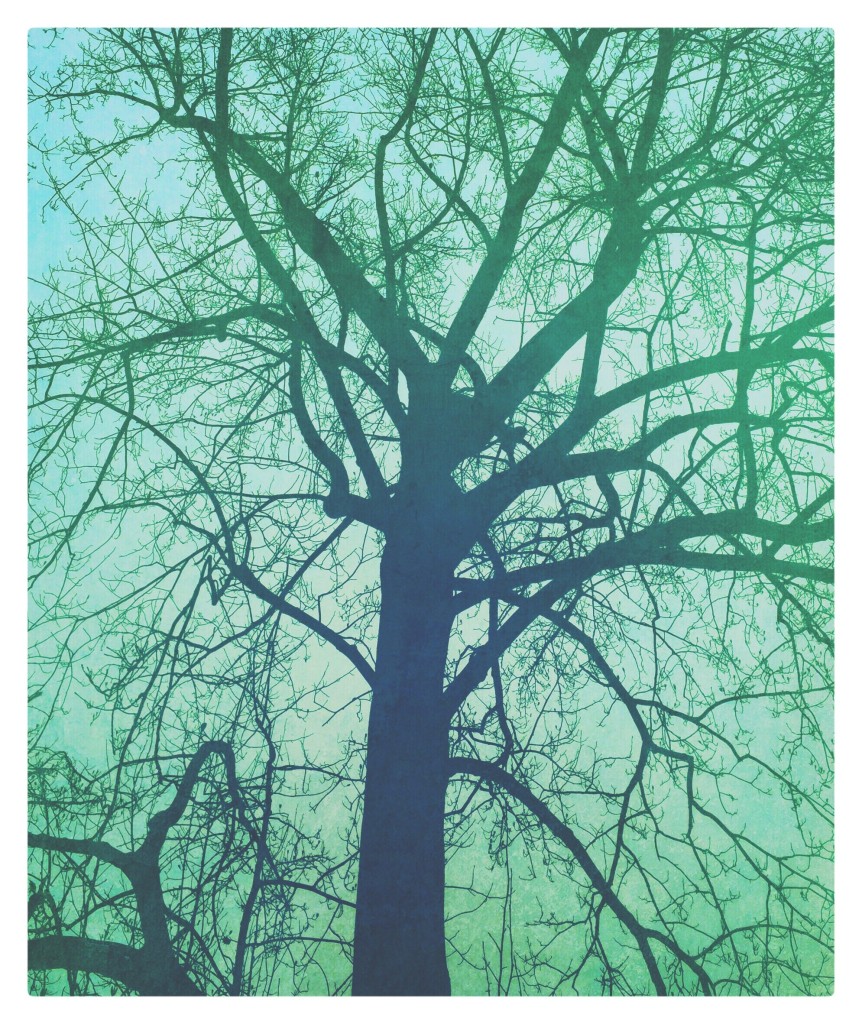 {iPhone shot, edited with VSCO, Mextures, and PhotoWizard}
{iPhone shot, edited with VSCO, Mextures, and PhotoWizard}
{shot with a Nikon N80 with damaged Kodak Gold 400}
{iPhone shot, edited with VSCO, Mextures, and PhotoWizard}
from Cally:
I’ll have to admit I know very little about film photography, despite being the only kid I knew that had a SLR, a camera I used for at least 15 years. But looking back through my childhood film adventures, quantity seems to reign over quality. I do have a decent collection of daguerreotypes, ambrotypes, and tintypes, not to mention a good number of mid-nineteenth-century thermoplastic cases that are works of art in and of themselves. The fact that they secretly scream out to me in the middle of the night, “sell us on eBay; you only look at us once a year; you need the money!” just makes me want to tell them all to screw off, but the ability to date them to within less than a decade (hair, clothes, and case mat styles) makes my little historian heart happy, although I guess that’s the thing about photos, right? You can look at one and just tell almost immediately when they were taken (with some research, of course, unless you were born before 1839). So here we are trying to subvert this little bit of fabulousness that has literally defined the photograph in all its forms, formats, and styles for the past 175 years.
That said, once I was asked to contribute to this project, I at once jumped at the chance while secretly, selfishly, mourning what a poor choice Jeff had made to include me, the procrastinator of all procrastinators. In any case, I went once again to the old Minolta SLR. I replaced the long-expired batteries (yep). I turned it on. Nothing. I cleaned it; I shook it. Nothing. Next choice was grandma’s old 1970s Instamatic 314. I removed the even-longer-ago-expired batteries (yep). I cleaned out the corrosion. I wistfully thought about how many pictures of my childhood were produced of this little gem. Then I found out they no longer made batteries or film for it. Film is easy; batteries…not so much. Moving on, I at last decided to brave the romance of the Brownie! A great idea, I told myself. Just point, er, look down and make sure your subject is level, and click. I found a decent one at an antique store for $20. Of course, the original 620 film isn’t made any longer, so I purchased an expired roll of 1983 film and hoped I wasn’t wasting more time and money.
The second camera and film experiment, another that harkens back to the retro days of the 1980s (yeah, baby, yeah!), is, of course the Polaroid. During the 80s my trusty Polaroid and I spent many hours documenting my stuffed animals, my live animals, and, of course, my very own self animal. I took selfies. I used a stick. A real stick. If only I knew then what I know now, I’d be rich. Rich, I tell you! But then again, 11-year-old girls don’t think too far into the future, as a rule. Just put on a hat and makeup, grab a stick from the yard, stabilize the camera, and, you know, selfie. But having said all that, I never really enjoyed the way Polaroids look. Still don’t, actually. But because of our history together, I HAD to go there. Again, I bought some expired 600 film, but this time I declined the stick method in order to see if I could actually take a decent photo with this thing. I couldn’t.
What did I learn? There’s more to film than just film, and the least fun part of this was recreating it with the phone shots. Especially the Polaroids. And old photos are pretty damn cool. If I had a ca. 1860s wet plate camera…I wouldn’t know what the hell to do with it. I would probably sell it on eBay for a decent amount of cash. The end of this finds me at a point where I am not in the least bit interested in editing right now, and making these pictures look worse didn’t help. So I did spend some time making edits I actually like. So, in the end, it’s been cathartic I suppose. And I do like the physical act of taking a picture with a Polaroid camera. So, yeah, maybe I’ll continue that, just for shits and giggles if nothing else. Hell, maybe I’ll pick up a stick and use it.
{shot on an iPhone 5}
{shot on a Kodak Brownie with expired film}
{iPhone shot, edited with Analog Film and VSCO}
{shot on an iPhone 5}
{shot on a Polaroid}
{iPhone shot edited with Mextures, ArtStudio, Afterlight}
from Jeff:
I think the last time I’d shot film was with a Kodak disc camera (anyone else remember those?) that my grandfather had given me. I was probably ten. I actually still had it, and tried it, but it was no longer working. Next, I tried one of the flea market finds–an old Ricoh–with some DIY damaged film. The pharmacy mail-order developer returned it with a note: “Film Received Damaged”. Duh. Then, a borrowed Polaroid camera from a friend, with some Impossible Project film. Success! After that, I tried out some water damaged film given to me, and then, developed by, our resident film expert. (that would be Megan, from above.) Finally, I had a handful of images I was able to work with. What did I learn? Well, for one, the random results that film will give you are really cool. I think, in fact, I’m starting to enjoy not knowing what I’m going to get, rather than trying so hard to achieve a particular look- it’s rather freeing! I’ve since had fun trying other films and cameras out, and I’m now constantly looking for thrift shop bargains. It’s like my photography journey has gone from one extreme to the other.
 {shot with a Polaroid, using Impossible Project 660 film}
{shot with a Polaroid, using Impossible Project 660 film}
{iPhone shot, edited with ArtStudio, SnapSeed, Mextures, Polamatic, Union}
{shot with an iPhone 5}
{shot with a Ricoh TLX Focal 1000, using water damaged bnw film}
 {iPhone shot, edited with Snapseed and Mextures}
{iPhone shot, edited with Snapseed and Mextures}
We’d love to see your film experiments, whether they are mobile phone comparisons or just straight out of the camera photos. Add the tag #wearegrryo_phoneyfilm on Instagram and share them with us.
![]()
About Author
- Jeff can usually be found roaming the streets of Northampton, Massachusetts, pretending to deliver mail. Between deliveries he takes pictures with his iPhone, always in search of new ways of interpreting the world around him. His editing style ranges from minimal to outrageous, and constant experimentation, collaboration, and inspiration from other mobile photographers keeps Jeff motivated to try new things.
Latest stories
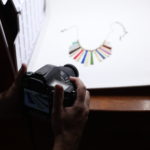 Jeff KelleyAugust 22, 2016SHOTBOX Photo Studio: a review
Jeff KelleyAugust 22, 2016SHOTBOX Photo Studio: a review Jeff KelleyJuly 30, 2016Polaroid Swing: Not Just Another App
Jeff KelleyJuly 30, 2016Polaroid Swing: Not Just Another App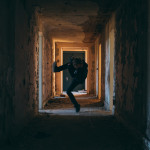 Jeff KelleyJanuary 22, 2016Dancing in Abandoned Places with Austen Browne
Jeff KelleyJanuary 22, 2016Dancing in Abandoned Places with Austen Browne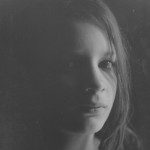 Jeff KelleyOctober 28, 2015A Phone-y Film Experiment
Jeff KelleyOctober 28, 2015A Phone-y Film Experiment



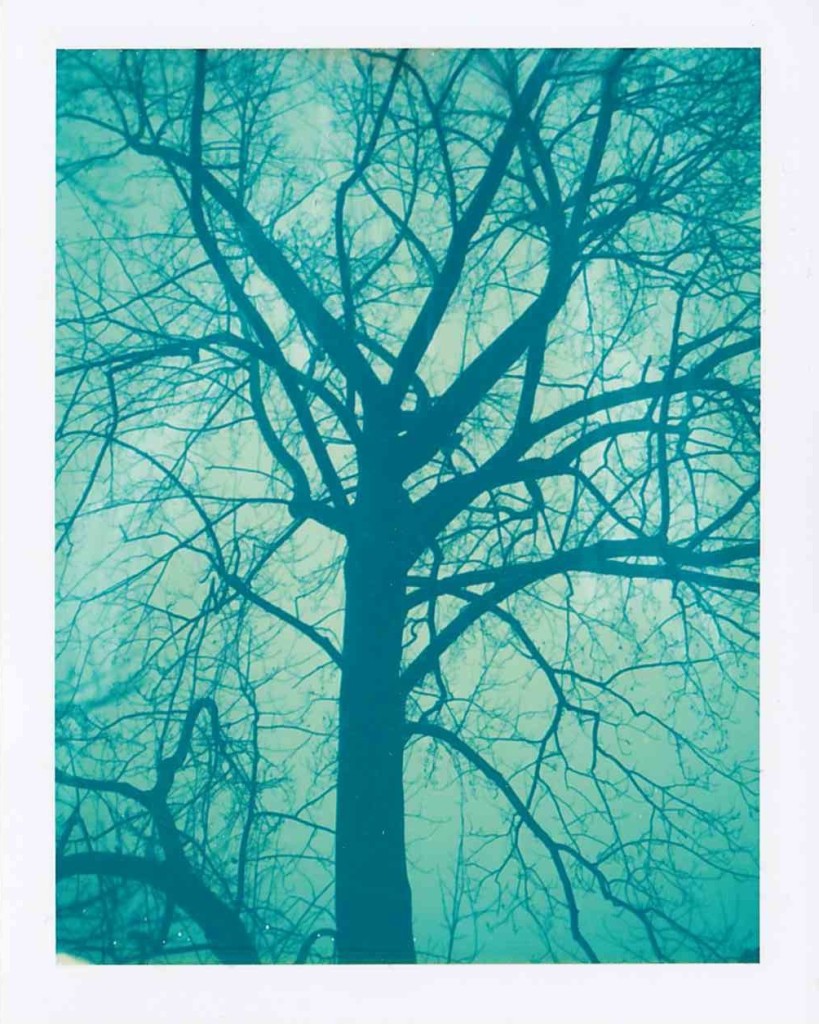
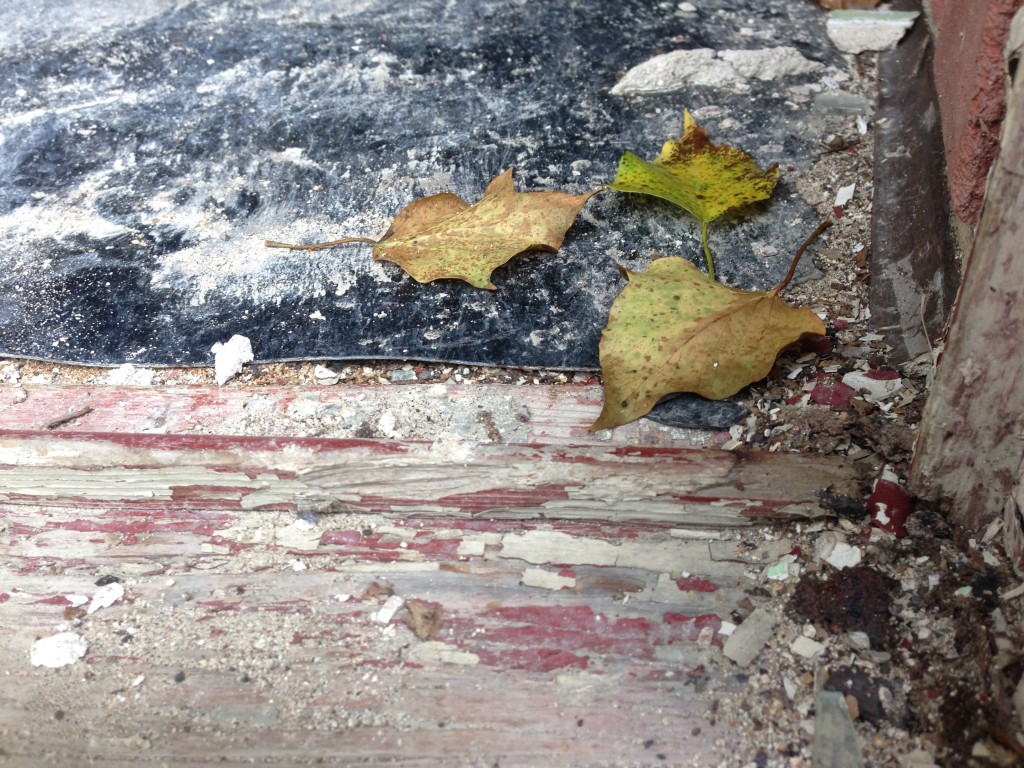
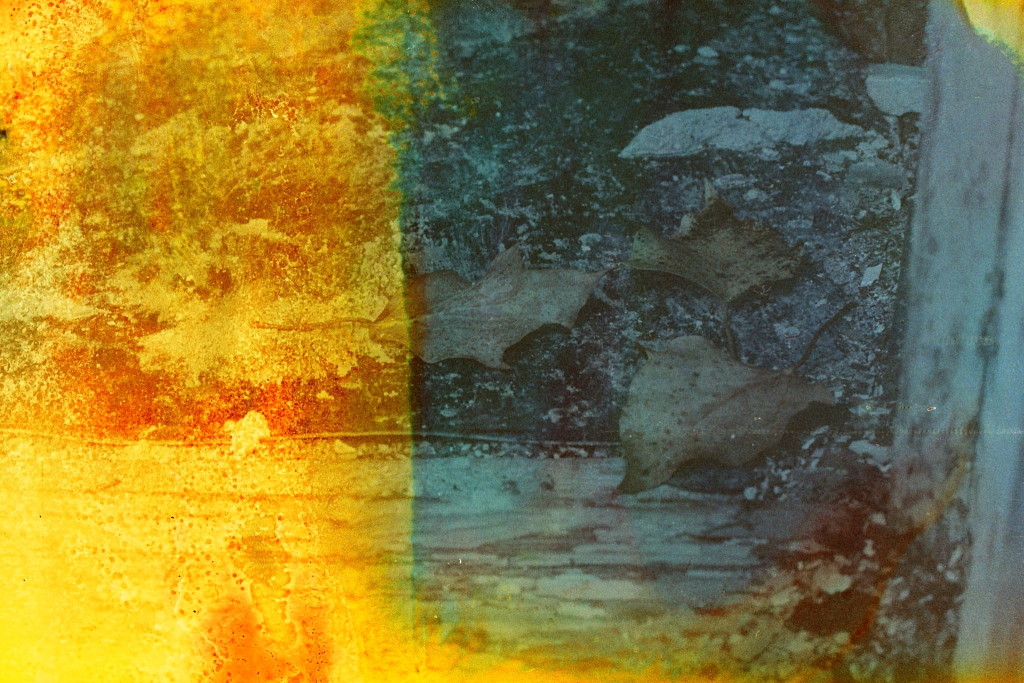
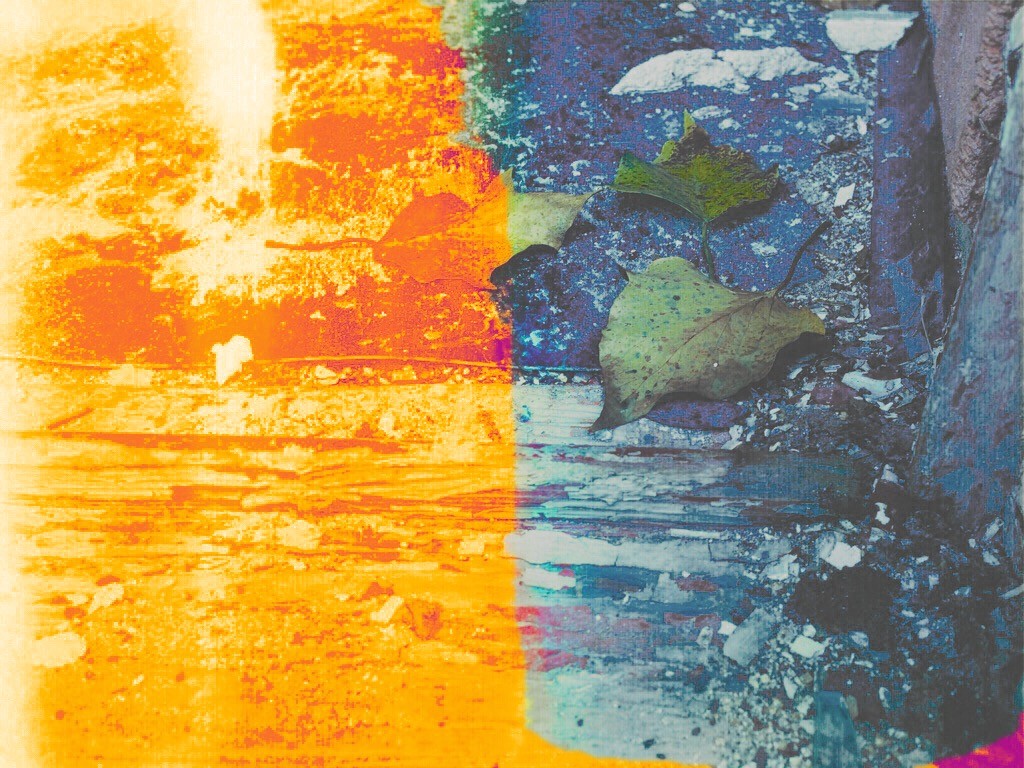


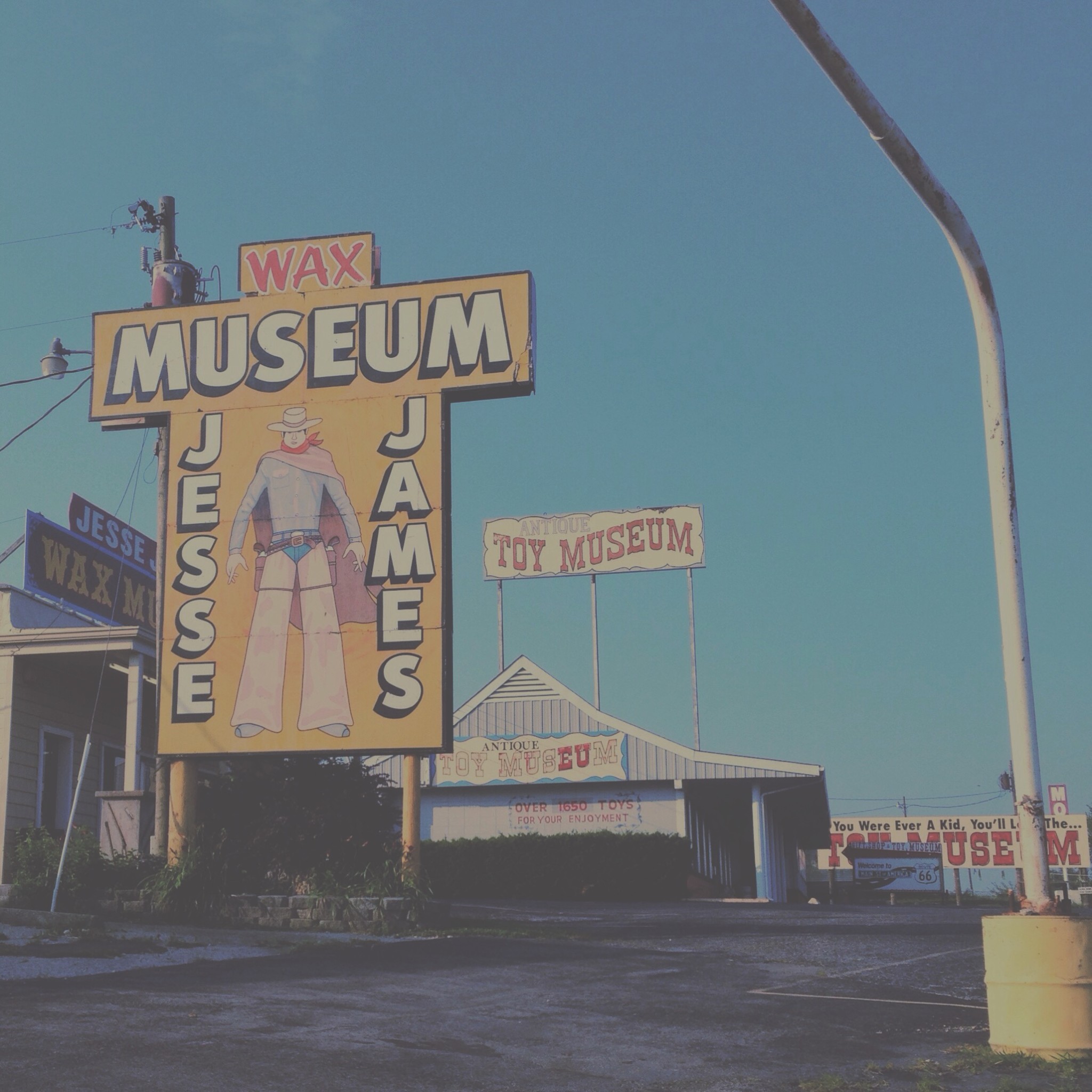
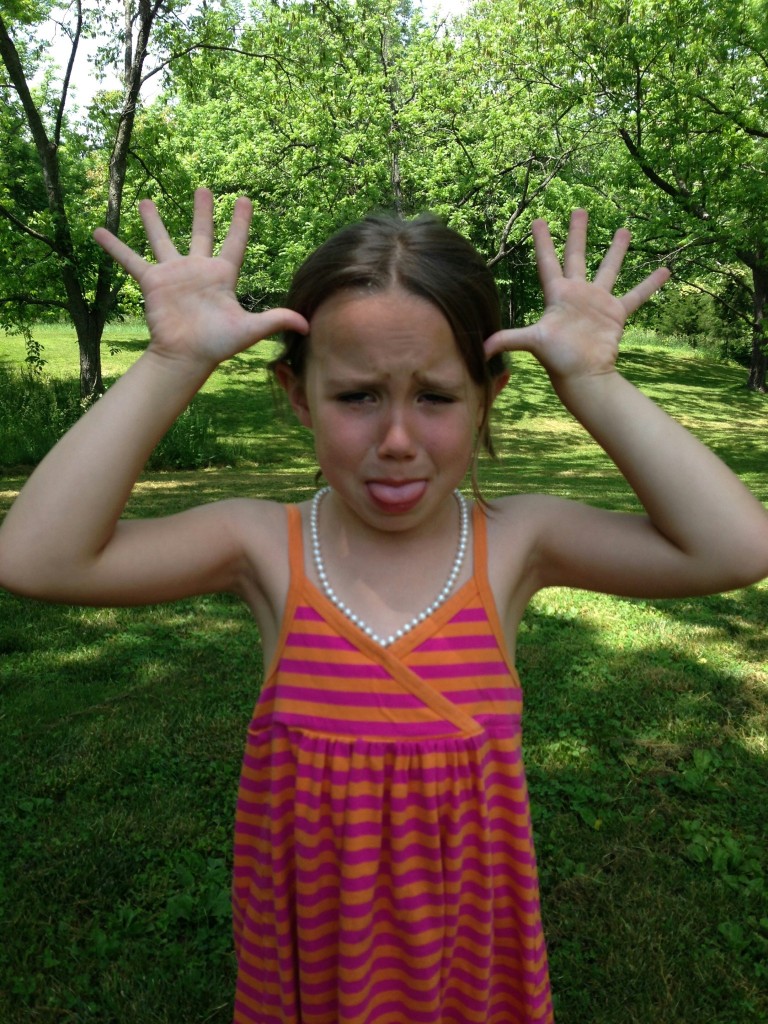
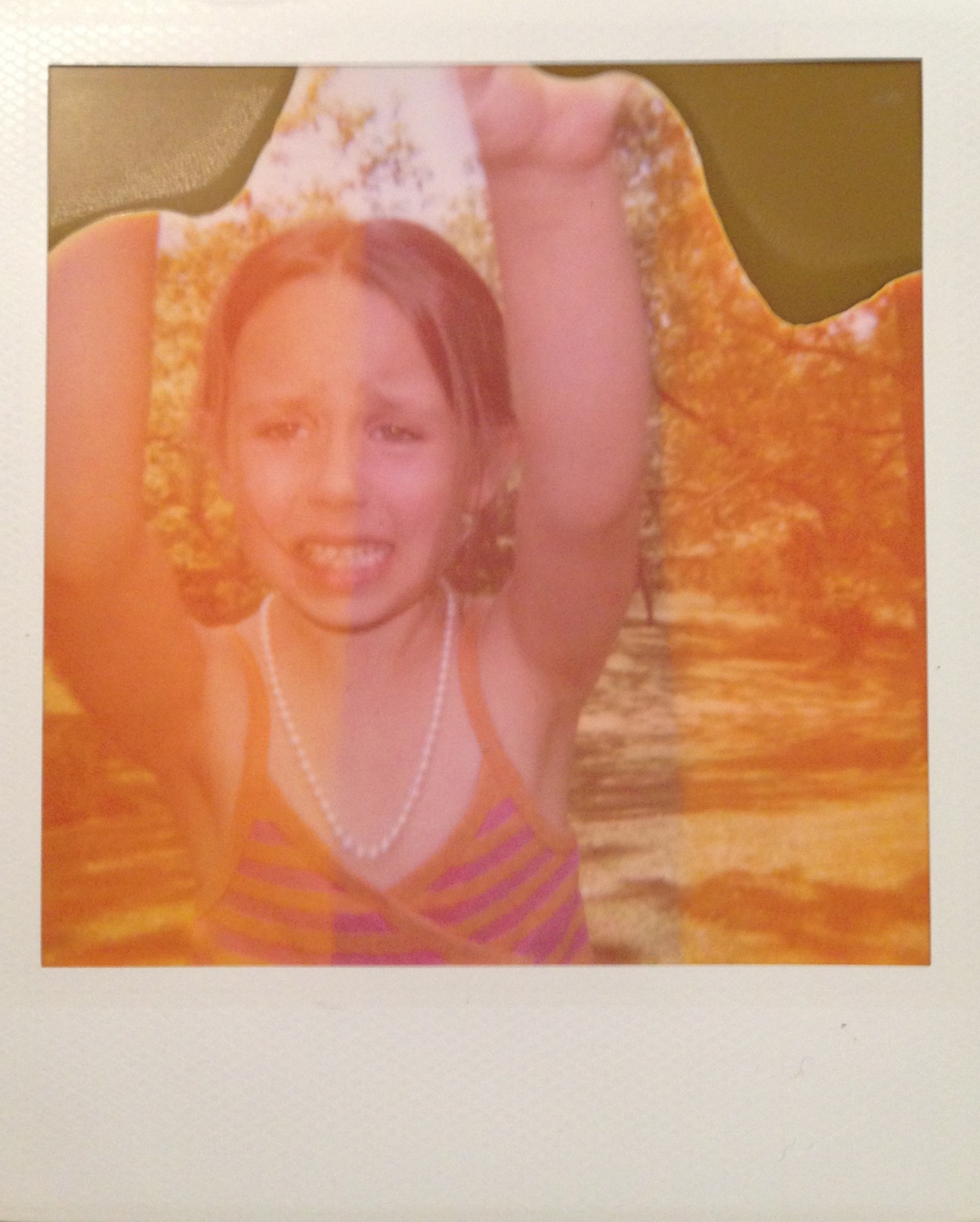
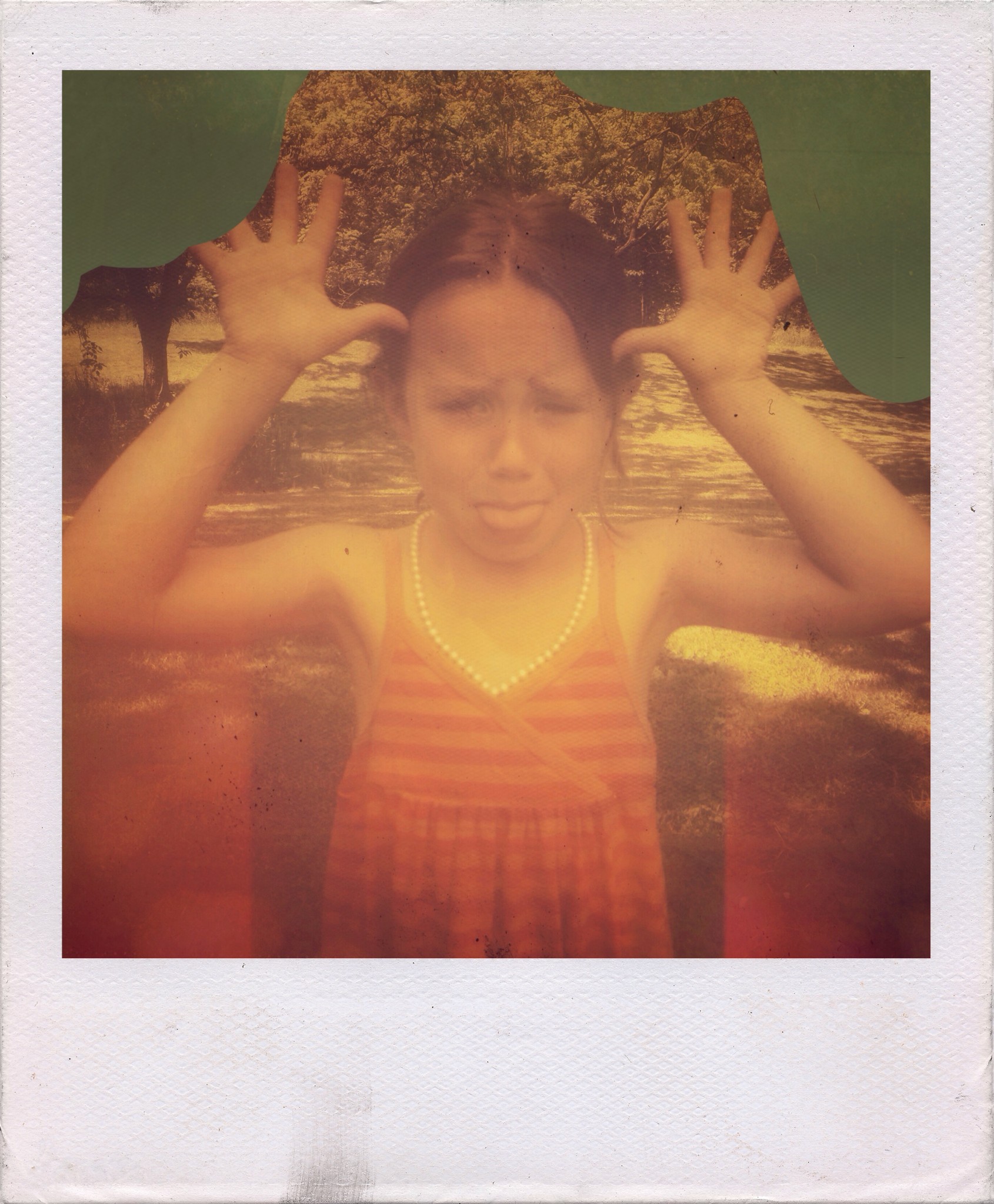




Really well done!
Thank you deeply, Valeria ???
hey guys, fun, experiments and learning! all worthwhile
Great experiment! Love the scientific inquiry applied to the artistic end. Would love to know more about how you found places to develop your film. Without access to darkroom and chemicals it would be impossible for me to go back and use all the old cameras that I have acquired.
He did use instant film from the Impossible project. Personally, I’ve run into the same problem with development. So I shoot instant film. It’s got limitations, naturally, yet I find it very rewarding. Maybe you will, too.
Hey Jeff, just wanted to say how LIT your Polaroid shots look. If I were you, I wouldn’t bother trying to replicate. I agree with you that film affords a kind of creative freedom. Keep up the awesome work!